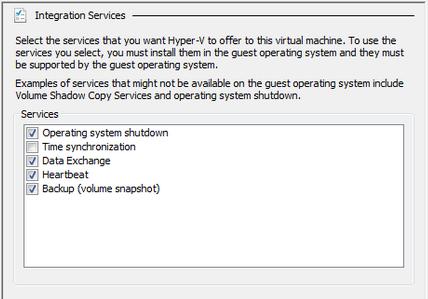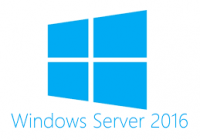Difference between windows 10 hyper-v and windows server 2012r2 hyper-v? One in Windows client version and one in Windows server version, Hyper-V on Windows 10 is replacement of Microsoft Virtual PC, it has its own limitation, will try to explain in detail
Hyper-V on Windows 10: Hyper-V on Windows 10 is mainly used for Lab environment, if you wan to test the software or a script in multiple operation system Instead of dedicating system to each of the test machines
Also Read: Differences between Windows Server 2012 R2 Hyper-V and Hyper-V Server 2012 R2
Differences between Hyper-V on Windows Client and Hyper-V on Windows Server
Some of key features won’t work on Windows 10 and the server version work differently, like the memory management model is different for Hyper-V on Windows 10, in windows server version, Hyper-V memory is managed with the assumption that only the virtual machines are running on the server. In Windows 10 version, memory is managed with the expectation that most client machines are running software on host in addition to running virtual machines
Also Read: Can my hyper-v server be a Windows Time Server?
Hyper-V features available in Windows Server only
Below features only available in Windows server Hyper-V
- Vitalizing GPUs using RemoteFX
- Live migration of virtual machines from one host to another
- Hyper-V Replica
- Virtual Fiber Channel
- SR-IOV networking
- Shared .VHDX
Also Read: Active Directory on Cloud (Azure Active Directory)
Conclusion
Virtualization on Windows 10 have a limitations, like graphical applications that require heavy processing with GPUs might not work well and you may see the latency and it’s recommended to use for testing not for the production servers/systems
Also Read: Active Directory on Cloud (Azure Active Directory)
Other Windows Server 2012 articles







Nice Article 🙂
Agreed.